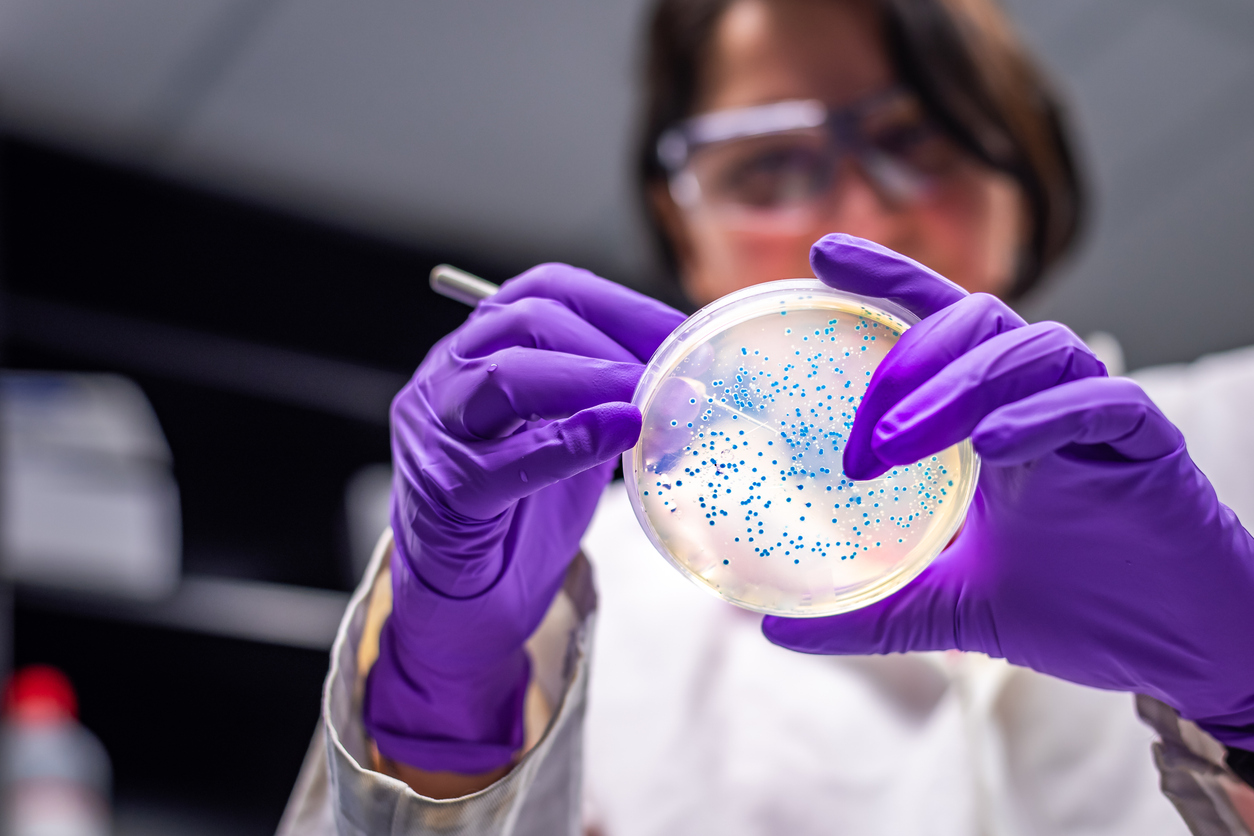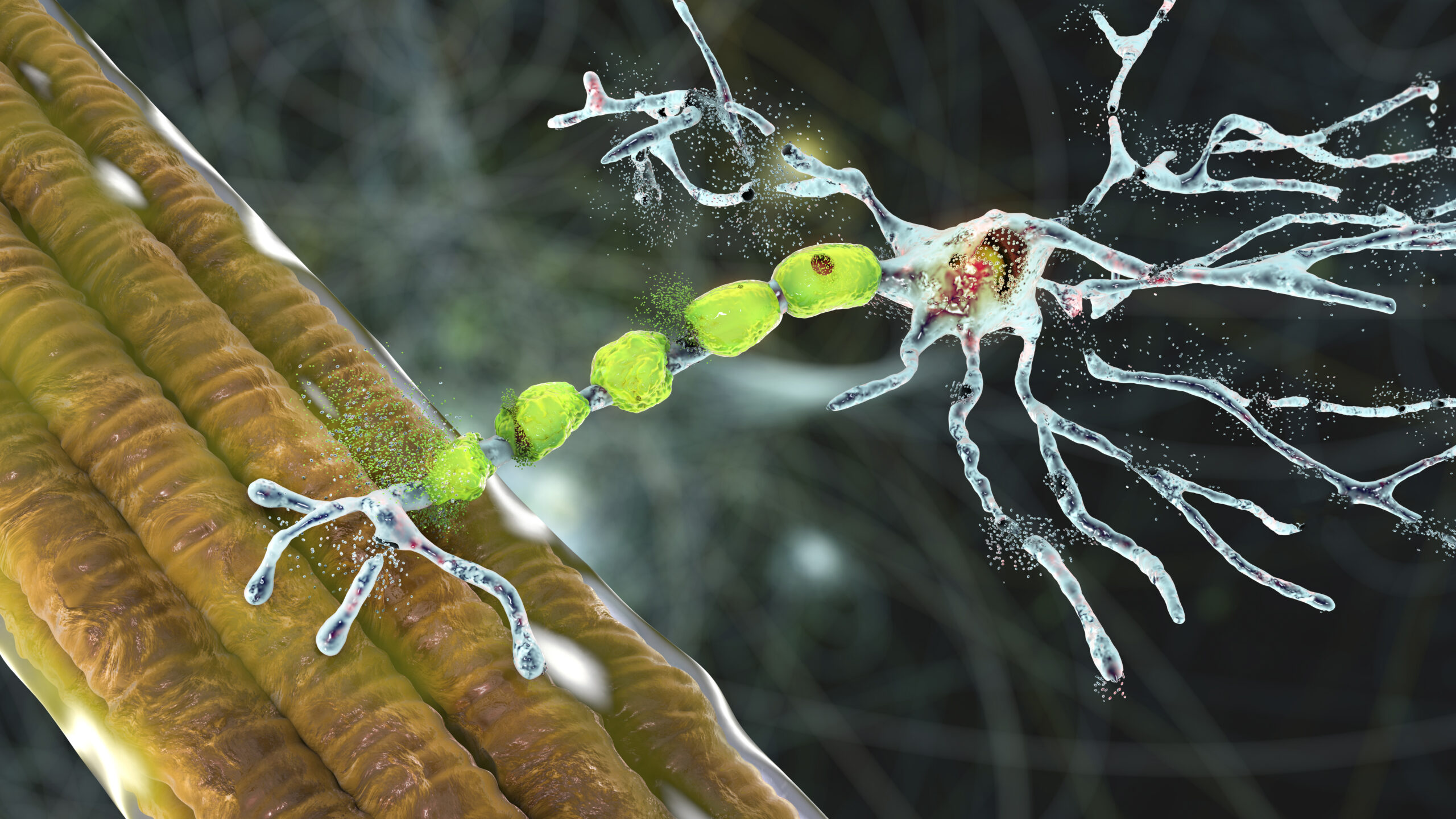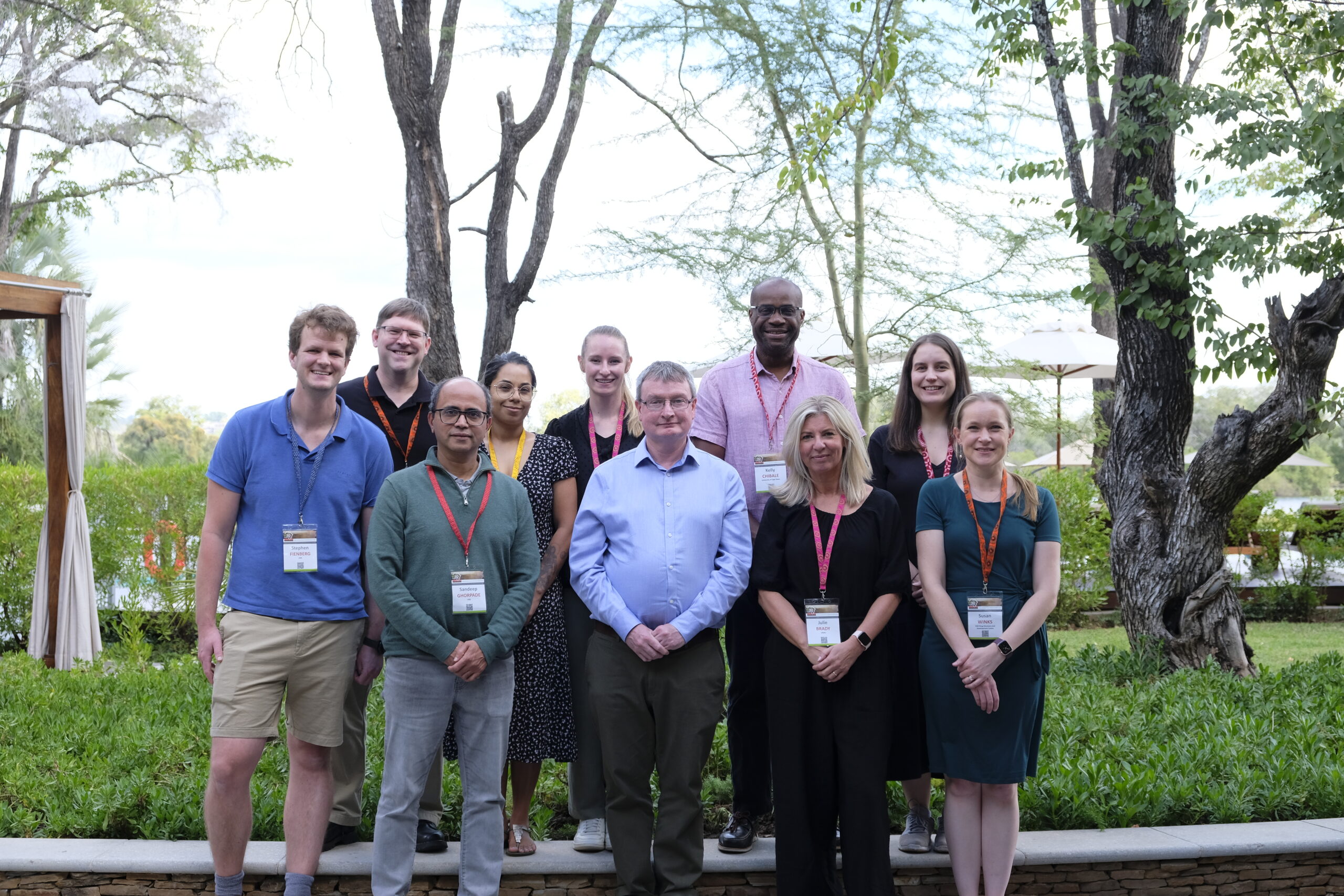LifeArc and Action medical research fund
Action Medical Research and LifeArc want to improve the lives of children suffering from rare disease and are working together to co-fund translational, rare disease research projects.
Co-funding aims to accelerate promising, cutting-edge medical research that could have a significant impact on the treatment of infants, children and young people (CYP) with any of the >7000 heterogeneous conditions collectively called ‘rare disease’.

Remit
The joint fund will be used to support biomedical research projects from across the UK that have moved beyond a basic understanding of rare disease mechanism into the development of an intervention (therapeutic, diagnostic, or device).
Applications should:
- Address a significant, unmet need for children and young people (CYP) with rare disease
- Have a strong scientific rationale
- Be target-driven, with a credible delivery plan and milestones
- Have a clear route to patients
The following activities are eligible for support:
- Developing candidate therapeutic entities (e.g. drug discovery)
- Pre-clinical testing of novel therapeutic entities in vitro or in vivo
- Pre-clinical validation for repurposed therapeutics
- Early-phase clinical trials (phases 1/2) of novel therapeutics or existing therapeutics repurposed for a new indication
- Developing and testing diagnostics in a pre-clinical or early-phase clinical research setting
- Developing and testing novel medical devices
A high proportion of paediatric rare diseases are monogenic and poorly served by more traditional treatment options. Many of these conditions may benefit from newer gene therapy approaches. Eligible applications could therefore include projects focused on the development of targeted gene therapy.
All modalities of intervention are eligible for support from the scheme, including small molecules, peptides, antibodies, cell and gene therapy, vaccines, diagnostic or prognostic approaches (such as biomarker identification and/or validation, improved imaging or screening techniques), medical devices, and psychological interventions.
Projects are expected to have a clear route for delivery of patient benefit and an appropriate strategy for management of intellectual property to facilitate further development or commercialisation.
Funding available
This funding call is closed to new applications.
Applicant eligibility
Projects must be led by research-active professionals based at UK universities, hospitals or research institutes. We encourage applications from early career, independent investigators (e.g. University Lecturer within 5-years of first appointment). Collaborations are encouraged where relevant to the project. Where appropriate, there must be plans to put in place suitable collaboration agreements with collaborators.
Lead applicants may only submit one application per round.
Funding available
There is a total of £1 million available under this call. The fund aims to support a small number of high-quality projects of up to three years duration, providing a maximum of £250,000 per project.
The call closed on 14 June 2023.
Application and review process
This is a two-stage process:
- Applications for co-funded projects will need to meet the guidelines on the Action Medical Research website.The specific outline application form for this call should be used as it contains additional questions for translational research. Applicants may submit one application per round. A submitted outline application judged to be within remit will be reviewed by the Action Medical Research Scientific Advisory Panel for this joint call.
- Successful applicants from the outline stage will be invited to complete full application forms supplied by the grants team. Applicants will be directed to guidelines for submitting a full application, which they will need to meet. Submitted applications will undergo external peer review and further review by the Scientific Advisory Panel. Full applications will be in open competition with other applications in the grant round.
Contact
Questions regarding the grant round should be directed to Action Medical Research by contacting applications@action.org.uk
Funders
Action Medical Research is a leading UK-wide charity saving and changing children’s lives through medical research. For 70 years we’ve helped pioneer ways to prevent disease and develop treatments benefiting millions of people. Our research has helped to beat polio in the UK, develop ultrasound in pregnancy, fight meningitis and prevent stillbirths.
LifeArc is a self-funded medical research charity. Our mission is to advance translation of early science into health care treatments or diagnostics that can be taken through to full development and made available to patients. We have been doing this for more than 25 years and our work has resulted in a diagnostic for antibiotic resistance and four licensed medicines.
LifeArc is proud to be renewing joint funding with Action Medical Research, which is the latest in a series of strategic collaborations that leverage LifeArc’ s expertise in translational science – advancing strong discoveries from the lab to a point where rare disease patients can benefit. This includes a recent £8m commitment made by LifeArc to support the delivery of new gene therapy treatment through a unique partnership with the MRC.
Through this partnership, LifeArc is partly funding a network of cutting-edge facilities – also known as Hubs – to enable the progress of novel, academic gene therapy research into early-stage clinical trials and bring a new generation of medicines to healthcare. It is hoped that promising gene therapy approaches, such as those supported by LifeArc’s joint fund with Action Medical Research, may benefit from interaction with the Hubs as they progress towards clinical trials.
2021 and 2022 funding rounds
The funders expect to able to release shortly details of successfully funded projects from the 2021 and 2022 rounds.
2020 funding round
Three projects received funding in the 2020 round, and started from July 2021.
Duchenne muscular dystrophy
Title: Small molecule AhR antagonists for the treatment of Duchenne Muscular Dystrophy
Project team: Professor Angela Russell, Professor Dame Kay Davies
Location: University of Oxford, Departments of Chemistry and Pharmacology and Department of Physiology, Anatomy and Genetics
Duchenne muscular dystrophy (DMD) is an inherited disease that mainly affects boys, causing muscle weakness and wasting. Symptoms are often first noticed in early childhood and deterioration over time means most of those with the condition develop heart and breathing problems. These symptoms often have life-threatening complications and there is currently no cure. Around 100 boys are born with DMD in the UK each year.
Children with the condition have a faulty gene which means they don’t produce enough dystrophin, a protein that is vital in protecting muscles.
The project team, led by Professor Angela Russell and Professor Dame Kay Davies, hope to develop a new treatment based on molecules that increase levels of utrophin, a protein related to dystrophin. They are building on earlier work in developing a drug, ezutromid, which was shown to increase the amount of utrophin in muscle cells. A clinical trial of ezutromid in boys with DMD showed promising results after 24 weeks of treatment. However, sadly it was not effective over a longer period and the pharmaceutical company involved ceased development.
The team are now testing alternative molecules that could lead to higher levels of utrophin production, potentially leading to a utrophin replacement therapy that could slow the disease’s progress.
Find out more on the Action Medical Research website.
Hypertrophic cardiomyopathy
Title: Using proteomic approaches to investigate the role of plasma and urine biomarkers for disease stratification in childhood hypertrophic cardiomyopathy
Project team: Dr Juan Kaski, Dr Kevin Mills, Dr Wendy Heywood
Location: University College London, Institute of Cardiovascular Science
Other locations: UCL Great Ormond Street Institute of Child Health, UCL Centre for Inborn Errors of Metabolism; Great Ormond Street Hospital for Children, Centre for Inherited Cardiovascular Diseases
Hypertrophic cardiomyopathy (HCM) causes thickening of the heart muscle and is associated with sudden death in young people. Current treatments aim to manage symptoms, screen relatives and prevent complications – including sudden death, heart failure and stroke.
However, we currently do not have any treatments targeting the underlying molecular processes or preventing the development of the disease in at-risk individuals.
To develop such therapies, we have to understand the early features of the condition and how it progresses over time. We need simple, non-invasive tests to achieve that.
Using a simple blood test, the team had developed a set of biomarkers that identifies adults with HCM and identifies the severity of their disease.
Dr Juan Kaski and his team are using a similar approach in this study to:
- validate the new adult biomarkers in children with HCM and in pre-symptomatic gene carriers
- identify new markers specific to children with HCM and gene carriers without evidence of disease
- match the findings from the biomarker tests with clinical features of disease severity and progression.
This study takes advantage of the only paediatric HCM bioresource in the UK at GOSH and UCL and state of the art laboratory techniques at the UCL Institute of Child Health. If successful, this project may result in faster and cheaper diagnostic tests and the development of new tools to monitor disease progression and treatments, with the potential to improve clinical outcomes and potentially significant cost benefits to the NHS.
Find out more at: Epilepsy: developing a new drug treatment for a rare and debilitating form of the condition | Action Medical Research
Pyridoxine dependent epilepsy (PDE)
Title: Developing small molecule inhibitors for a rare childhood seizure disorder (Pyridoxine dependent epilepsy)
Project team: Professor Wyatt Yue, Professor Paul Brennan, Dr Cassandra Adams
Locations: Newcastle University Biosciences Institute Centre for Medicines Discovery; University of Oxford
Pyridoxine dependent epilepsy (PDE) causes frequent seizures that begin soon after birth or during infancy.
A faulty enzyme, ALDH7A1, is unable to play its usual role of breaking down an amino acid called lysine. As a result, toxic chemicals build up in the child’s body. These chemical imbalances lead to seizures and – in some children – delayed development and learning disabilities.
Current treatment focusses on seizure control but does not address the long-term neurological and cognitive causes. Led by Professor Wyatt Yue, the team aims to develop a therapy that reduces the build-up of the toxic chemicals in the body.
Professor Yue and his colleagues hope to achieve that by reducing the activity of another enzyme also involved in lysine break-down, an approach known as substrate reduction therapy. The approach has been successfully applied to other rare diseases. The team are making tiny changes to the chemical structures of several potential drug compounds they have already identified.
They will then test the effects of the most promising drug candidates in cell studies, selecting the best ones for potential future development into treatments for patients.
Find out more on the Action Medical Research website.
2019 funding round
Two projects received funding from the 2019 round and both are underway.
Childhood leukaemia
Title: Synergistic ablation of MLL-Fusion onco-proteins as a novel acute leukaemia therapy.
Project team: Dr Owen Williams, Dr Jasper de Boer, Professor Ajay Vora, Professor Adele Fielding
Location: UCL Great Ormond Street Institute of Child Health, Developmental Biology and Cancer Programme
Other locations: Great Ormond Street Hospital, Haematology and Oncology Department; University College London, UCL Cancer Institute, Research Department of Haematology
Some sub-types of childhood leukaemia have much poorer outcomes than others. One such subtype seen in infants is caused by a genetic mutation which occurs when two or more genes fuse together, causing the affected blood cells to make a ‘fusion protein’ that drives the disease. New treatments are urgently needed as there are no effective treatments available.
The research team recently discovered a potential new treatment using two drugs which combine to destroy the fusion protein. Laboratory studies have shown that this combination of drugs halts the cancer’s progress. Led by Dr Owen Williams, this project is investigating the potential impact of this targeted treatment in pre-clinical models and the team ultimately hopes to take the potential treatment to a clinical trial.
Find out more on the Action Medical Research website.
Hunter syndrome
Title: Improving blood brain barrier crossing peptides in lentiviral-mediated stem cell gene therapy for Hunter disease.
Project team: Professor Brian Bigger, Dr Shaun Wood
Location: The University of Manchester, Division of Cell Matrix Biology and Regenerative Medicine
Hunter syndrome, also called mucopolysaccharidosis type II, is a rare genetic disease that almost always affects boys. Children born with the condition can experience a wide range of symptoms affecting many tissues and organs, including their brain, liver, lungs, bones, eyes, skin and heart. Sadly, their lives will often be cut tragically short.
The condition is caused by a faulty gene – called ID2 – that leads to the lack of an enzyme that breaks down complex sugars in the body. As a result, these molecules start to build up in the child’s body, causing a range of problems. Children with the most severe forms of the illness will have progressive learning difficulties and behavioural challenges.
There is an urgent need to develop new treatments for boys with this devastating condition – especially those that can reduce brain symptoms.
Professor Brian Bigger’s team has previously developed a stem cell gene therapy approach that aims to deliver the missing enzyme into the child’s body. This involves taking stem cells from the bone marrow, inserting a correct copy of the IDS gene, and transplanting them into the body. These cells can then make the IDS enzyme, treating the symptoms of the disease.
But unfortunately, the researchers have so far struggled to get high enough levels of the enzyme into the brain, as it is protected by the blood-brain barrier. They have had an impact on brain symptoms by adding a small protein tag that helps the enzyme to cross the blood-brain barrier. Building on these encouraging results, the team is now testing several other tags to find out if they can further boost the levels of the enzyme in the brain and other organs.
If this laboratory research shows this innovative stem gene therapy is safe and effective, it could pave the way for a future clinical trial in boys with Hunter syndrome.
Find out more on the Action Medical Research website.
Contact us
In submitting your personal data via this form, you consent to being contacted via the details provided so that your enquiry can be responded to. If you would like your data to be removed, please email dataprivacy@lifearc.org.
Please see our Privacy Policy in relation to the personal data you submit to us through this page.
Latest news
-

3 steps LifeArc is taking to tackle antimicrobial resistance before it’s too late
-

£76M investment backing into potential MND treatment, underlines benefit of charity funding
-

Tackling antimicrobial resistance: LifeArc partners with the University of Cape Town to launch a new Centre for Translational AMR Research
